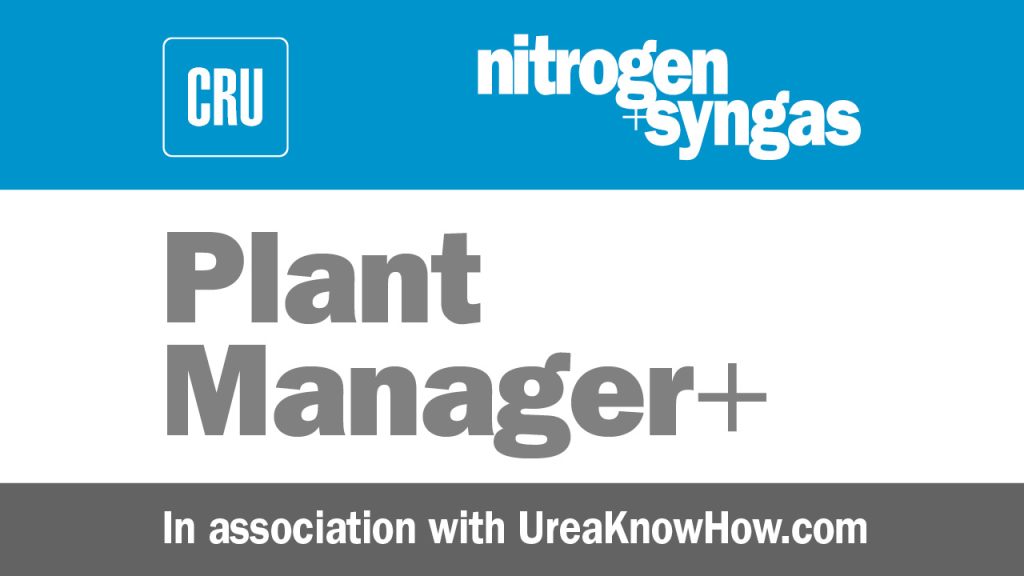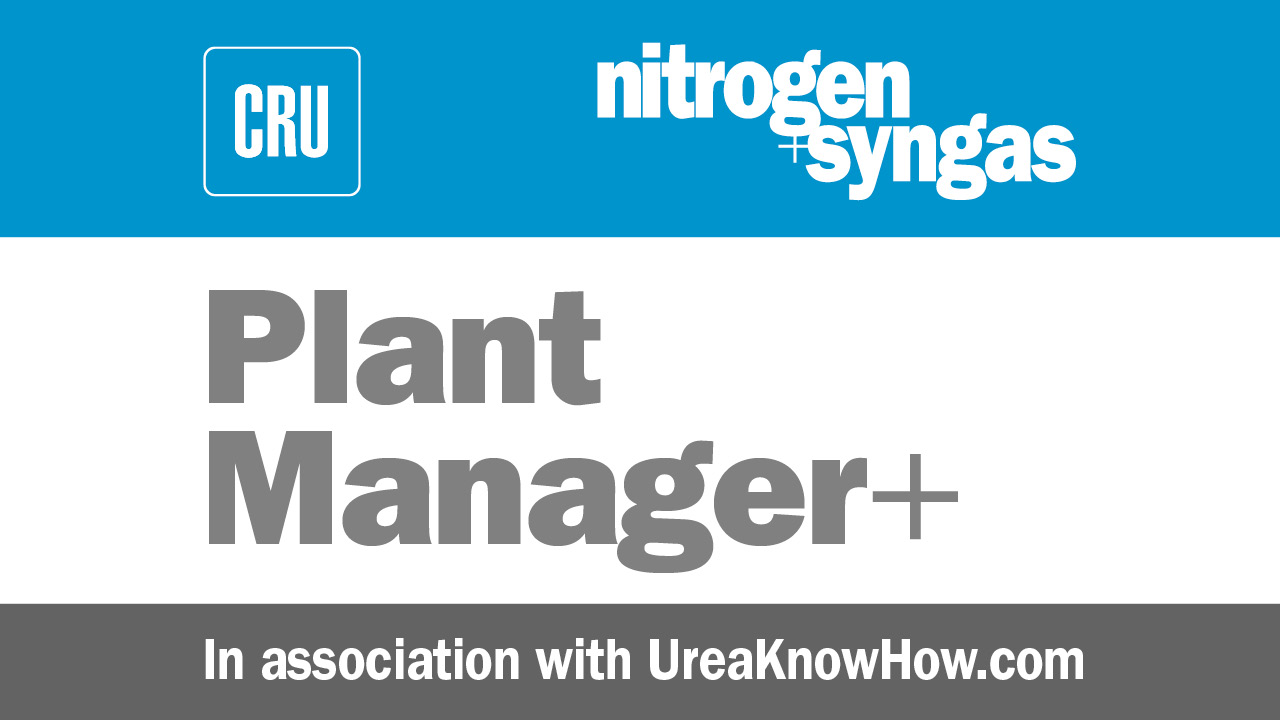Nitrogen+Syngas

7 August 2025
Problem No. 54: High efficiency trays for the urea reactor
The main reasons for the installation of high efficiency trays (HET) in a urea reactor are as follows: 1) to improve the redistribution of unreacted carbon dioxide inside the liquid
phase rich in free ammonia, 2) to reduce the back mixing phenomena due to the density increase of carbamate and urea solution from the bottom to the top of the reactor and 3) to reduce channelling which has a negative effect on the solution residence time.
Prabhat Srivastava from Tata Chemical Limited, India, starts the round table discussion: Casale supplies high efficiency reactor trays for increasing conversion efficiency. I have read a short article about another type of high efficiency trays named SuperCups. Does anyone know anything about these high efficiency Super-Cups developed by Saipem? Do you know of any references where they are being used?
Mark Brouwer from UreaKnowHow.com, The Netherlands, shares his experiences and asks a question: Each licensor has developed its own high efficiency tray design. Good mixing between the gas and liquid phases is important and I believe a dedicated design is a better choice than a standard tray design. How much improvement such a tray can bring depends on how far one operates from equilibrium and the performance of the old trays. What is important is to do the performance test under the same conditions.
So if the performance guarantee is defined as CO2 conversion one should keep the N/C ratio the same.
Prabhat Srivastava asks for clarification: When you say “how far one operates from equilibrium and the performance of the old trays”, do you mean the gap between design CO2 conversion and actual conversion at design operating parameters.
Mark Brouwer replies: Yes, for example, higher than design plant loads or more inerts than design are factors which increase this gap. Please be aware that a licensor has to choose a certain reactor volume to limit investment costs for the reactor and thus accepts a certain distance from equilibrium in the design.
Girish Prakash from Tata Chemicals limited, India, put a new direction to the discussion: Apart from the savings accrued, are there any technical factors which need to be kept in mind when considering tray replacement? I mean, for example, factors like the liner thickness, because generally a tray replacement job will take place after 10-12 years of operation and during this time the liner thickness will have decreased substantially.
Vasile Stan from Azomures, Romania, shares his experiences with high efficiency trays and makes a suggestion: Casale have installed their high efficiency trays in many companies, ask for a reference list and get in contact with few of them, you will see they are good.
Easa Norozi from Khorasan Petrochemical Company, Iran contributes to the discussion with his experiences: As we know, the purpose of trays is to promote good interaction between gases in the reactor. In this case the product yield can be increased and plant process control will be easier. For these reasons the high efficiency trays can help to achieve the above goals. We installed Casale high efficiency trays ten years ago. They are good for increasing the capacity from 1,500 t/d up to 1,700 t/d without any change in N/C ratio and for good process control.
Tarun Batra from National Fertilizer Limited, India, provides his observations regarding high efficiency trays: Our urea reactor was equipped with Casale high efficiency trays during the revamp of our urea plant. The performance of the reactor improved in terms of CO2 conversion with the high efficiency trays.
Jawad Aslam from Fauji Fertilizer Limited, Pakistan, also shares his experience: I would like to share our experience with regard to high conversion in the urea reactor. We installed five additional trays in 2008 and as a result the conversion increased by 0.5% only. However, in 2012 we were able to increase the urea reactor efficiency by 4% as a result of the following changes:
- the internal rib supports of the trays were replaced by full rings;
- the re-lining of 2.75 lining courses (5th, 6th & 7th);
- increasing the size of the reactor outlet line from 6″ to 8″.
Prabhat Srivastava shares his experiences and raises a question: In my opinion points 1 and 2 are the mechanical part, whereas changing the size of the line size can only increase reactor efficiency if the line size was limiting flow.
Prem Baboo from National Fertilizers Ltd, India, provides more information: The installation of five additional high efficiency trays increased urea production and reduced steam consumption. The financial benefits are determined by the urea sales and energy prices. It has been demonstrated that the installation of high efficiency reactor trays in an existing urea plant is very profitable. The payout time for the investment is in the order of few months. The CO2 conversion increased by about 1.0-1.5 %.
Mohit Uberoi from Zuari Agrochemicals Limited, India shares the result of the high efficiency trays in his plant: We have Casale high efficiency trays in our urea plant. It has led to an increase in our production capacity and has also decreased the steam consumption in the decomposers.
Mark Brouwer from UreaKnowHow.com, together with a group of independent engineers, has prepared a revamp guide on high efficiency trays to provide information to end users about the various designs of high efficiency trays and the main points of importance.


